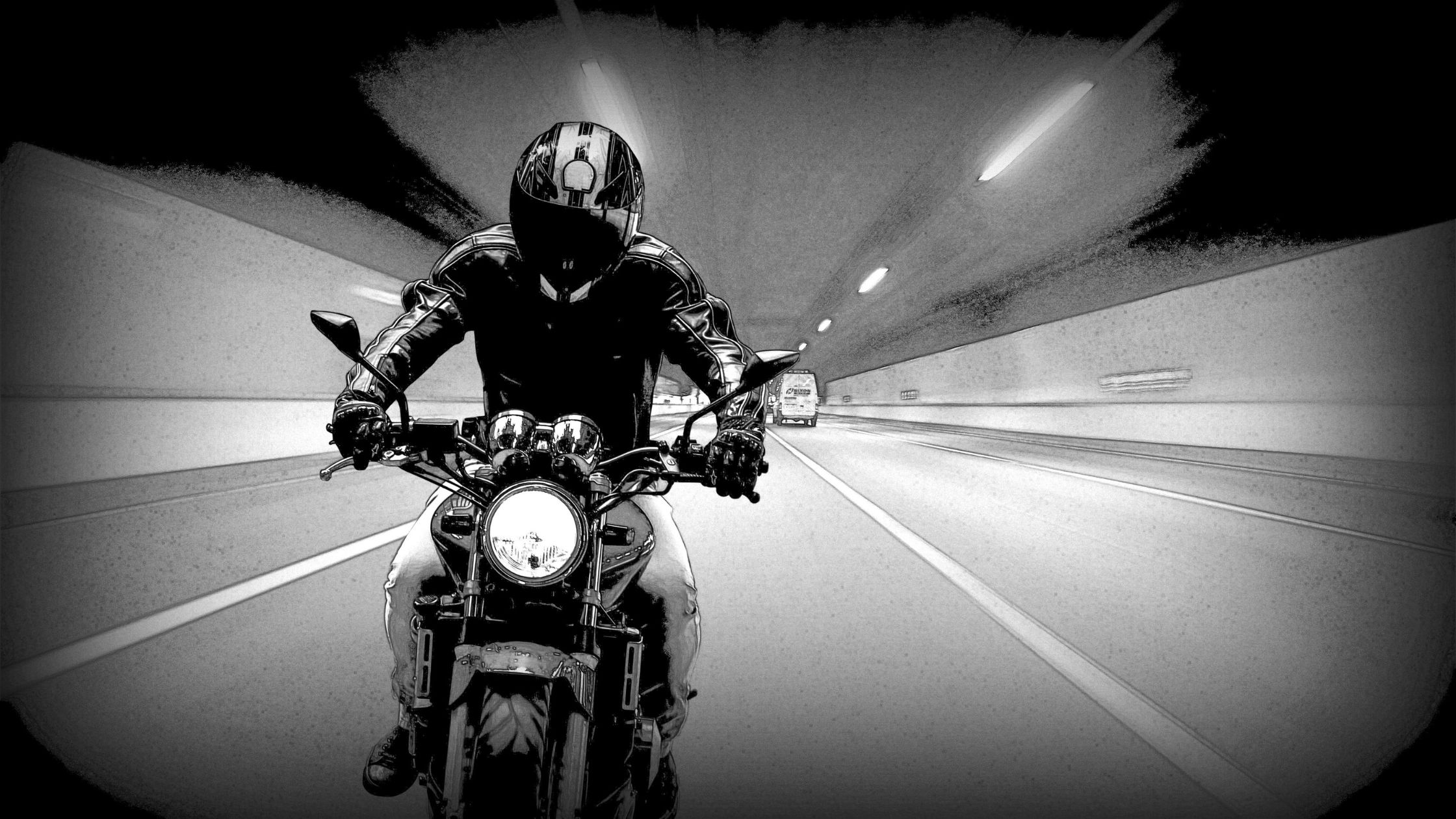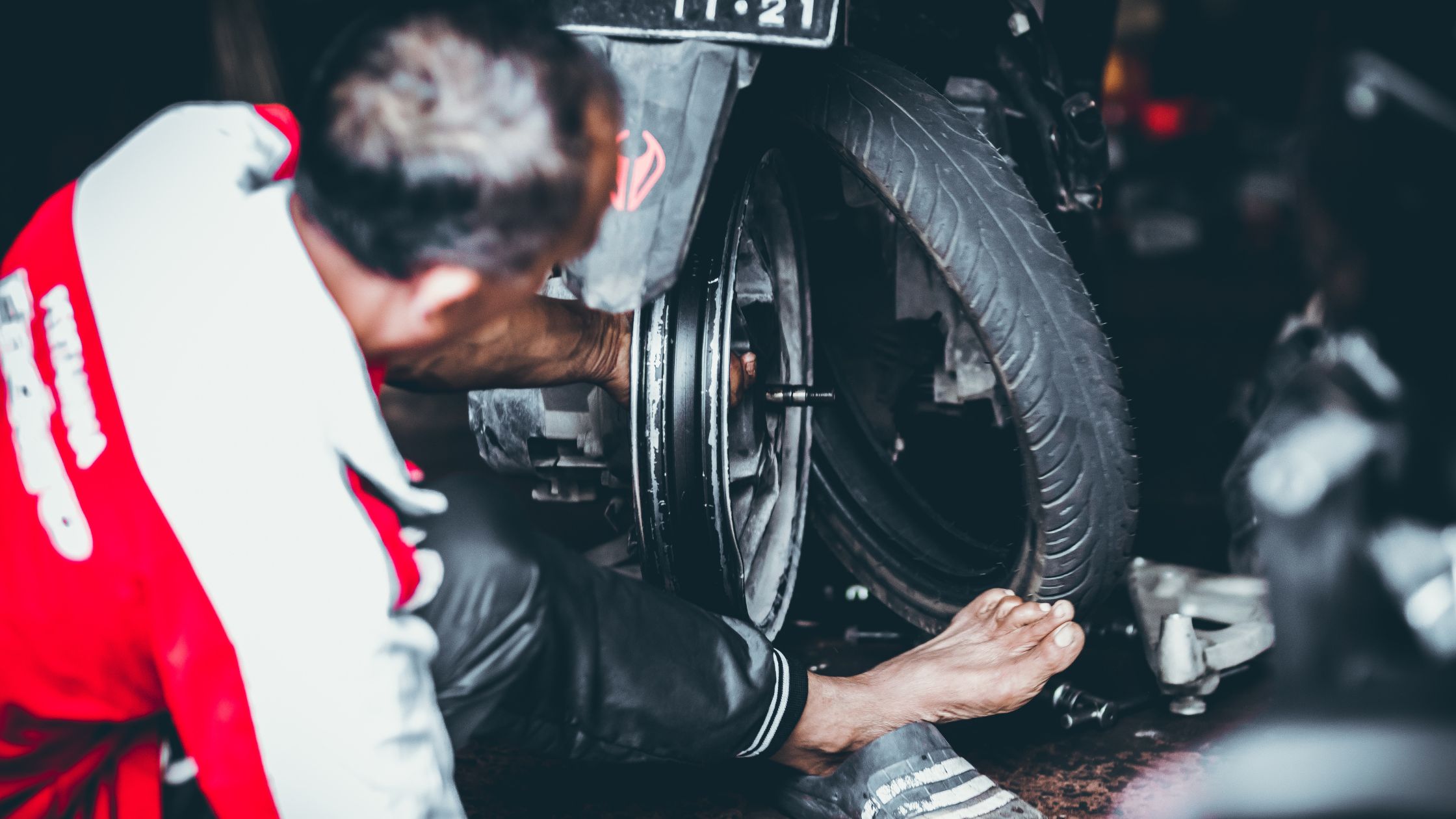Jika anda sedang mencari How A Railroad Model Transfer Power From Track To Motor, anda berada di tempat yang tepat! Disini saya akan mencoba membahas beberapa pertanyaan mengenai How A Railroad Model Transfer Power From Track To Motor.
How does a model train power supply work?
On model railways, electricity comes from the household supply and is connected to the rails by wires with clips that attach to the underside of the track or are soldered on. When the train is placed on the rails, electricity flows through the rails to the wheels.
How do model train transformers work?
Model trains all run on electricity. In the simplest form, power goes out from the train transformer or power pack through one wire connected to the track and into one of the rails. Electricity goes up from the rail through the metal wheels on the locomotive and into the electric motor, causing it to run.
How does a train get power?
Besides steam- and diesel-powered locomotives, many trains operate solely on electrical power. They get the electricity from a third rail, or electrical line, along the track. Transformers transfer the voltage from the lines, and the electrical current drives the motors (AC or DC) on the wheels.
Are Model Trains AC or DC?
Model train power falls into one of three categories. Alternating current (AC) is the preferred power for most O Gauge three-rail trains as well as some two-rail systems in smaller scales. In three-rail systems, the outer rails are both grounded, and the center rail is “hot.”
What voltage do model trains run on?
Model trains can run on anything from 5 V to over 18 V depending on their scale and type. While many small N scale trains run on 10 V to 12 V, the more common HO scale trains usually run around 14 V. Mid-size O gauge trains as well as the large G gauge trains can be even higher.
Are O gauge trains AC or DC?
Nearly all O Gauge trains use Alternating Current (AC) electricity to operate. Direct Current (DC) is far more common in two-rail trains.
What voltage do O gauge trains use?
The three-rail O gauge toy trains sold in the United States are intended to run on approximately 5 to 20 volts of 60-cycle alternating current (AC).
Where do trains get their electricity from?
The power circuit on the train is completed by connecting the return to brushes rubbing on the axle ends. The wheels, being steel, take it to the running rails. These are wired into the substation supplying the power and that does the job. The same technique is used for DC or AC overhead line supplies.
Do train tracks have electricity?
As a result, electrified rail is currently used on less than 1 percent of U.S. railroad tracks while electricity supplies more than one-third of the energy that powers trains globally.
How many amps does a model train draw?
The general rule of thumb for HO scale locos is . 5 amps per loco, in N-scale use . 25 amps per loco.
Why do trains run on DC current?
Direct current, either directly supplied, or converted from AC onboard a train, is the most commonly used. This is because, according to railsystem.net, “DC consumes less energy compared to an AC unit for operating the same service conditions.
Is there a train transformer?
From Transformers Wiki Team Bullet Train is a trio of… well, bullet trains. Deep-cover Autobot protectors sent to Earth, they shuttle human passengers around until duty calls. When called into battle, the trio is capable of holding their own against the best of them.

How are Lionel trains powered?
A Lionel train is just a flow of electrons. The hot wire from your electrical box goes through a transformer to the center rail, then through the motor and out to the wheels, through the outer rails and back to the transformer and finally, back to the outlet and out of your house back through the panel.
How many watts does a Lionel train use?
The Powerhouse provides 180 Watts of power for your TMCC or LEGACY controlled layout. This is purely a power supply. (There is no means of controlling the trains directly from the Powerhouse.)
What is the name of the overhead wire system that powers the electric trains?
In our world, a catenary is a system of overhead wires used to supply electricity to a locomotive, streetcar, or light rail vehicle which is equipped with a pantograph.
What power do trains run on?
Freight and passenger rail rely almost exclusively on diesel power. The latest diesel innovations contribute to cleaner air and reaching climate goals. According to the Association of American Railroads, in a typical year, US freight railroads move around 1.7 billion tons across nearly 140,000-miles of track.
Can Model Train Tracks shock you?
There is no risk of electric shock from the rails.
Can you get electrocuted by peeing on the third rail?
There have been plenty of reports of death while peeing, but few have confirmed that the pee-to-rail contact was the actual cause of death, rather than electrocution for touching a 600-plus-volt line. A 1967 news story suggests it happened, but the coroners don’t sound certain of the cause of death.
Why are train tracks 4 feet 8.5 inches?
In the thread, Holohan contends that the standard railroad gauge in the U.S.—4 feet, 8.5 inches—derives from the way that rail lines were built in England, where engineers based the width of their railroads on the spacing of road ruts in Imperial Rome, which were in turn designed to accommodate the size of horses’ rear …
What happens if you put a penny on train tracks?
As someone who works on the railroad, you’ve probably heard about the myth that a single penny or quarter could derail a train. The good news for you is that putting a penny on the tracks isn’t likely to cause the train any trouble at all.
What is the voltage in railway overhead cables?
Overhead line equipment (OLE) refers to the overhead wires and supporting infrastructure that carry electricity at 25,000 volts to power electric trains.
Are train tracks always live?
The live rail is split into electrical sections that can be isolated from each other, while allowing power to flow to other parts of the railway. However, trackside workers are trained to assume the power is always live.
How are G Scale trains powered?
Power – Unless you’re using live steam or fossil fuels to power your trains, your locomotives need electricity to run. Most toy and model trains get their electricity from the rails, although rechargable batteries are popular for garden trains as well.
What is a train transformer?
4) A model train transformer is also used to power the accessories on the track such as crossing gates, signals, electrical coupling systems and the like although they do not use the same transformer as the train generally. So make a note that you will need more than one transformer if you are adding accessories.
Terimakasih telah membaca How A Railroad Model Transfer Power From Track To Motor, semoga jawaban dari pertanyaan anda telah saya jawab semua. Semoga bermanfaat!
 Mobil Series Situs Mobil Terbaik se-antero Bintaro
Mobil Series Situs Mobil Terbaik se-antero Bintaro
